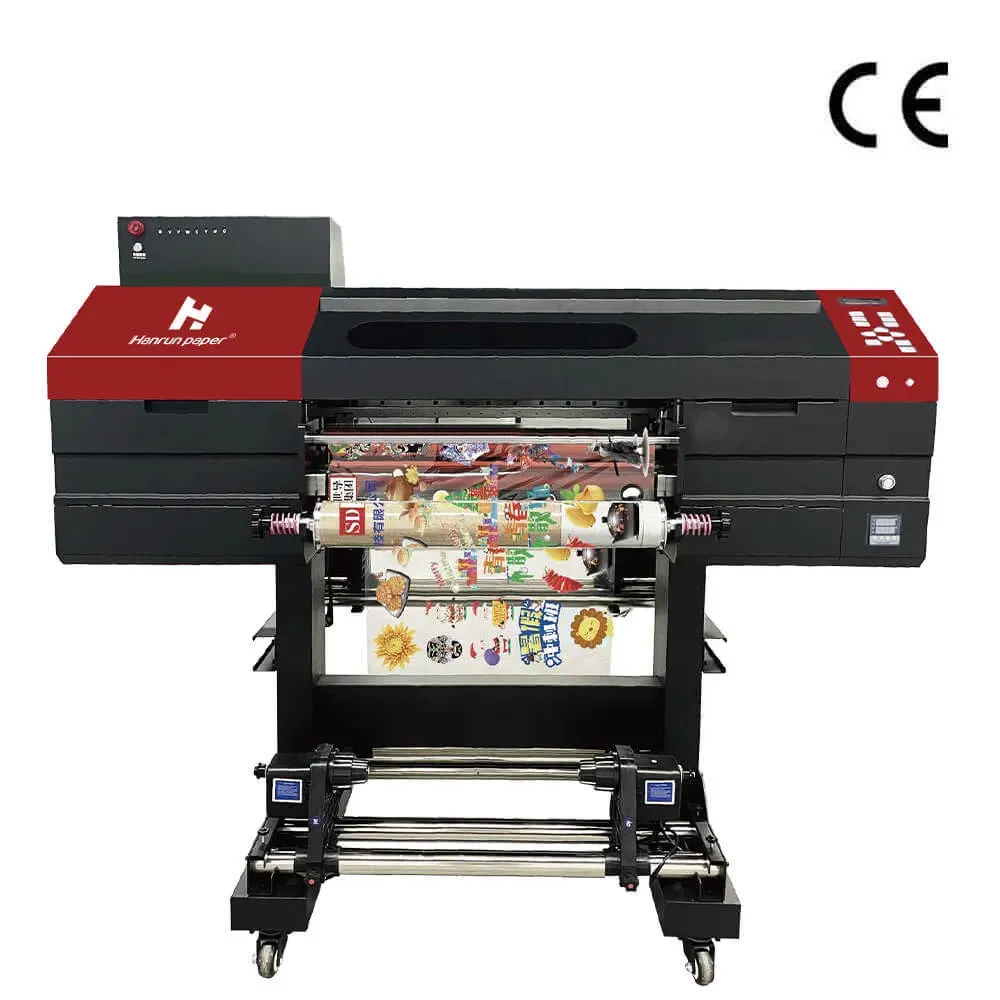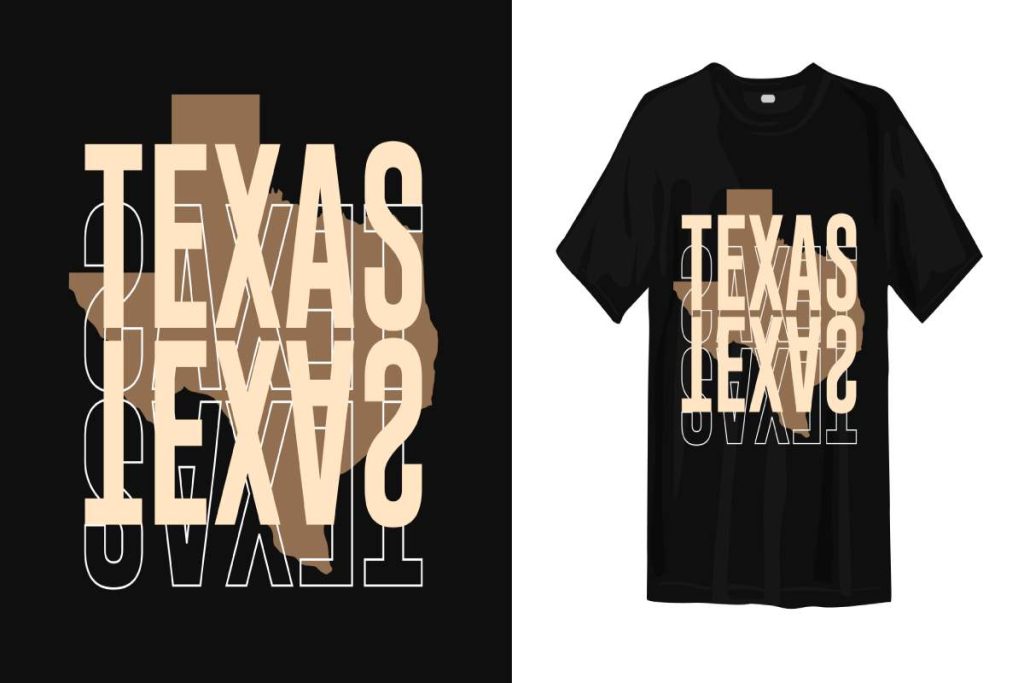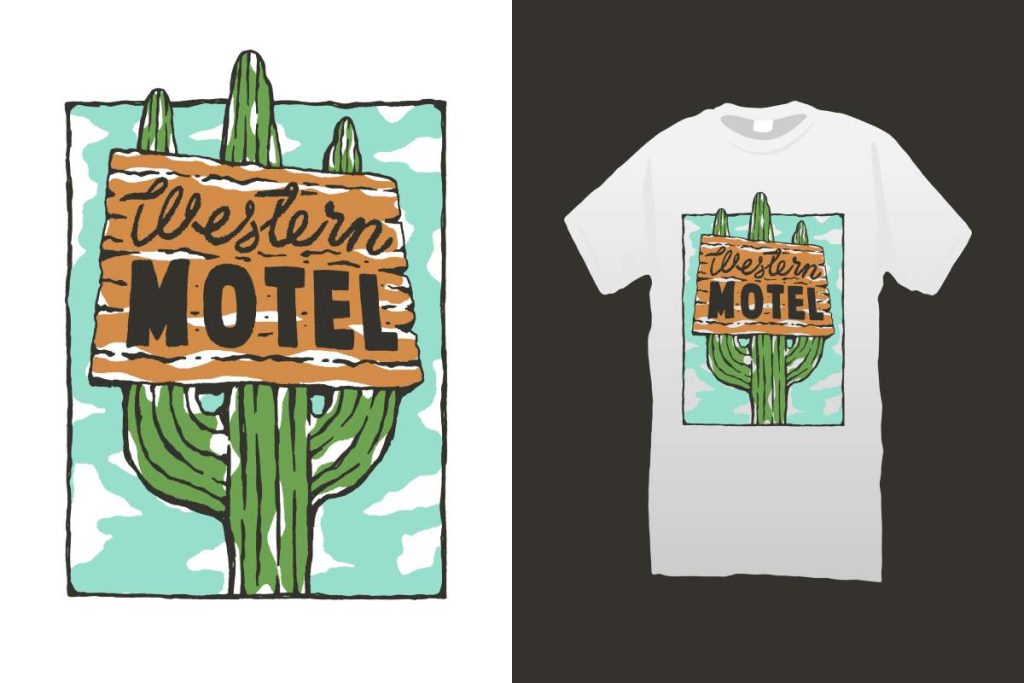In the ever-evolving landscape of printing technologies, **UV DTF printing** has emerged as a game-changer for businesses looking to maximize their potential. Combining the strengths of UV printing with advanced Direct-to-Film methods, this innovative approach is revolutionizing the way custom merchandise is produced. With its ability to create vibrant, long-lasting prints on various substrates—from textiles to hard surfaces—UV DTF printing not only meets the demands of modern consumers but also prioritizes sustainability through eco-friendly inks. This shift towards sustainable printing paves the way for companies to enhance their product offerings while appealing to environmentally conscious customers. By leveraging the advantages of UV printing, businesses can tap into a plethora of opportunities that this cutting-edge technology presents.
Ultraviolet Direct to Film printing, often referred to in various contexts as UV DTF technology, represents a significant advancement in the field of printing. This versatile printing solution is favored for its capability to produce high-quality outputs across different material types, catering to the growing demand for personalized and custom merchandise. As industries shift towards embracing innovative printing technology, UV DTF stands out by offering the benefits of durability and sustainability, key factors in today’s market. With increasing focus on reducing environmental impact, this method of printing serves as a robust alternative, enabling businesses to align their operations with eco-friendly practices. As such, understanding UV printing advantages can empower companies to take full advantage of emerging market trends and position themselves competitively.
Understanding the Technical Aspects of UV DTF Printing
UV DTF printing, or Ultraviolet Direct to Film printing, revolutionizes traditional printing methods by employing advanced UV-cured inks that adhere effectively to a range of substrates. Unlike conventional inks, which may fade or smudge, UV inks utilize ultraviolet light to dry instantly upon application, creating a durable and vibrant finish. This instant drying process enables rapid production times and less waiting, making it an attractive option for businesses looking to meet tight deadlines without compromising on quality.
Additionally, the technical process of UV DTF printing involves printing designs onto a special film before transferring them to the final material. This allows for intricate designs and high-resolution images that are ideal for custom merchandise. As technology evolves, the precision in UV DTF printing improves, allowing businesses to produce striking graphics and complex color schemes that enhance branding and marketing efforts.
Exploring the Business Potential of UV DTF Printing
The business potential of UV DTF printing is vast, opening new avenues for revenue generation through custom merchandise. By embracing this technology, companies can offer personalized products, ranging from promotional items to bespoke apparel, catering to the increasing consumer demand for unique and individualized goods. The ability to print on various substrates expands market reach, allowing businesses to diversify their offerings and target multiple demographics.
In recent years, industries such as fashion and home décor have seen significant growth due to the implementation of UV DTF printing techniques. Companies can capitalize on the demand for unique designs by quickly responding to trends and creating limited-edition items, thus fostering customer loyalty and engagement. As competition intensifies, leveraging UV DTF printing is not just an option but a strategic necessity for businesses aiming to enhance their profitability.
Harnessing the Advantages of Sustainable Printing
Sustainability is at the forefront of modern business practices, and UV DTF printing offers a greener alternative to traditional methods. Utilizing UV inks that are free from harmful solvents cuts down on volatile organic compound (VOC) emissions, aligning with environmental regulations and consumer preferences for eco-friendly products. Businesses can market their commitment to sustainability, gaining a competitive edge in an increasingly eco-conscious market.
Moreover, adopting sustainable printing practices can also result in cost savings over time. The durability of UV DTF prints means fewer reprints and waste, effectively optimizing resources. As more consumers seek out brands with sustainable practices, integrating UV DTF printing into business operations not only improves environmental impact but also enhances brand reputation.
Innovations Driving the Future of UV DTF Technology
Recent technological innovations in UV DTF printing have transformed the landscape, allowing for increased precision and efficiency. New advancements in printer technology, including enhanced print heads and better ink formulations, enable higher production speeds while maintaining exceptional quality. These improvements help businesses meet growing demand without sacrificing the integrity of their products, making UV DTF a prime choice for high-volume printing operations.
Furthermore, software advancements have simplified the design and printing workflows, allowing even small businesses to benefit from UV DTF printing technology. The integration of user-friendly software platforms enables quicker turnaround times and better customization options, supporting the burgeoning market for personalized products. As these innovations continue to evolve, they will undoubtedly expand the possibilities and applications of UV DTF printing.
Market Trends Shaping UV DTF Printing Applications
The landscape of UV DTF printing is heavily influenced by current market trends, with increasing demand for customization and personalization at the core. Brands are prioritizing unique and tailored products that resonate with consumers, which UV DTF printing facilitates beautifully. Businesses are expanding into sectors like fashion, promotional goods, and home décor, where mass customization has become a key marketing strategy for attracting diverse customer bases.
Additionally, social media trends often dictate what consumers desire, and UV DTF printing offers agility in meeting such trends with quick adjustments and limited runs. As sectors continue to explore unique marketing strategies, businesses leveraging UV DTF printing are poised to tap into lucrative opportunities that arise from shifting consumer preferences and emerging market niches.
Overcoming Challenges in the Adoption of UV DTF Printing
While UV DTF printing presents numerous advantages, businesses must also navigate certain challenges in its adoption. The initial investment in UV DTF equipment can be substantial, requiring a careful assessment of budgets and long-term financial planning. Companies need to ensure that the return on investment justifies these costs through increased production capacities and enhanced product offerings.
Moreover, the technology requires a certain level of expertise, and the associated learning curve can deter businesses from fully embracing it. It is vital to allocate resources for staff training and familiarization with the equipment and processes. By investing in employee development, businesses can not only avoid costly mistakes but also unlock the full potential of UV DTF printing, ultimately leading to greater operational efficiency.
Frequently Asked Questions
What are the key advantages of using UV DTF printing for custom merchandise?
UV DTF printing offers several advantages for producing custom merchandise, including high-quality outputs, versatility across various materials, and impressive durability. This printing technology allows businesses to create vibrant designs on textiles, plastics, and metals, which helps enhance branding and attract customers. Additionally, the long-lasting nature of prints means that products maintain their quality, reducing the need for reprints and improving profitability.
How does UV DTF printing contribute to sustainable printing practices?
UV DTF printing is recognized for its sustainable printing benefits, as it utilizes UV inks that are free from solvents and significantly reduce volatile organic compound (VOC) emissions. This eco-friendly aspect appeals to customers who prioritize sustainability, thus allowing businesses to improve their market image while adhering to environmental standards. Emphasizing such green printing technology can attract a dedicated consumer base seeking responsible products.
Can UV DTF printing technology enhance a business’s potential in the printing industry?
Yes, UV DTF printing technology can significantly enhance a business’s potential in the printing industry. By embracing this innovative method, companies can diversify their product offerings and reach new markets. The ability to print on multiple substrates and produce high-quality, durable prints enables businesses to respond to consumer demands, optimize production processes, and ultimately increase sales and market share.
What materials can be printed using UV DTF printing technology?
UV DTF printing technology is versatile and can print on a wide range of materials, including textiles, plastics, metals, and more. This flexibility allows businesses to create custom merchandise tailored to different industries, such as fashion, home décor, and promotional products. The ability to print on diverse substrates expands market opportunities and enhances a business’s product range.
What challenges should businesses consider when adopting UV DTF printing technology?
When adopting UV DTF printing technology, businesses should consider the initial investment costs, which may include equipment, software, and training expenses. Additionally, there is a learning curve involved that requires staff training to ensure efficient operation. Proper planning and resource allocation are essential to maximize the benefits and overcome these challenges, ensuring a smooth transition to this advanced printing method.
How does UV DTF printing compare to traditional printing methods in terms of quality?
UV DTF printing surpasses many traditional printing methods in terms of quality, offering superior print resolution and precise color matching. The use of UV inks allows for vibrant colors that maintain their brilliance over time. This high-quality output is crucial for businesses aiming to create impactful branding and promotional materials, giving them a competitive edge in the marketplace.
| Key Point | Description |
|---|---|
| What is UV DTF Printing? | A printing technique that uses UV inks on a special film, allowing for vibrant and durable prints on various substrates. |
| Versatility of Materials | Able to print on textiles, plastics, metals, and more, enabling businesses to diversify their offerings. |
| High-Quality Outputs | Provides consistent resolution and color matching, ensuring products meet customer expectations for branding and promotions. |
| Durability and Longevity | UV printed products resist fading, scratching, and water damage, enhancing customer satisfaction and reducing reprints. |
| Sustainability and Environmental Benefits | Utilizes eco-friendly UV inks with low VOC emissions, appealing to environmentally-conscious consumers. |
| Technological Innovations | New printer features improve speed and quality, enabling more cost-efficient production. |
| Market Trends and Applications | Increasing adoption across sectors such as fashion and home décor, leading to an expanded customer base. |
| Challenges and Considerations | Initial equipment investment and staff training are necessary to optimize the use of UV DTF printing technology. |
Summary
UV DTF printing is revolutionizing the printing industry by offering businesses innovative solutions to enhance their product offerings. This technology not only provides versatility, producing high-quality prints on various substrates but also ensures durability and sustainability, which are crucial for meeting modern consumer demands. As market trends gravitate towards eco-friendly solutions and customization, integrating UV DTF printing can significantly optimize operational efficiency and customer satisfaction. Embracing these advancements empowers businesses to stay competitive and seize new opportunities in an ever-evolving market.



